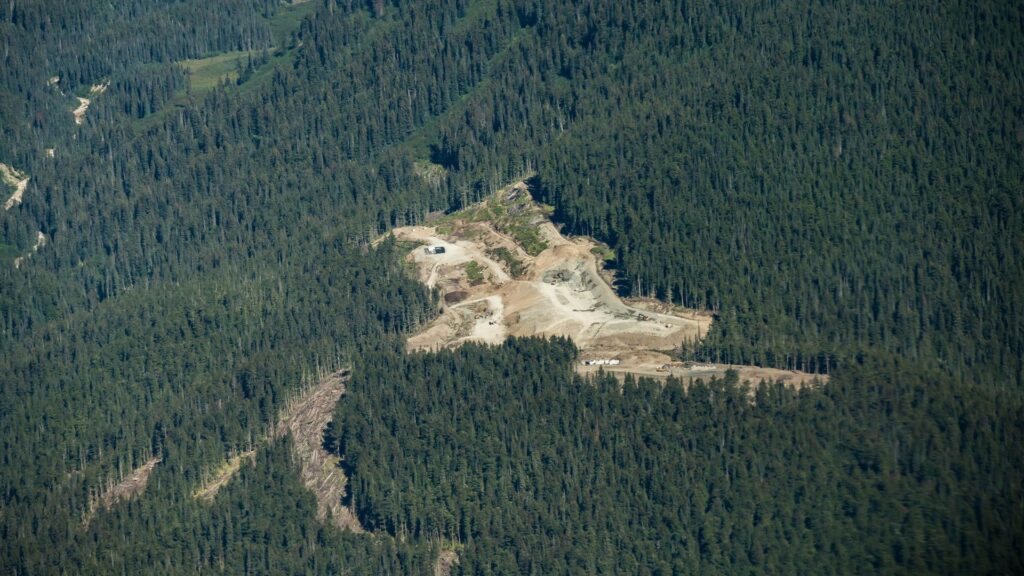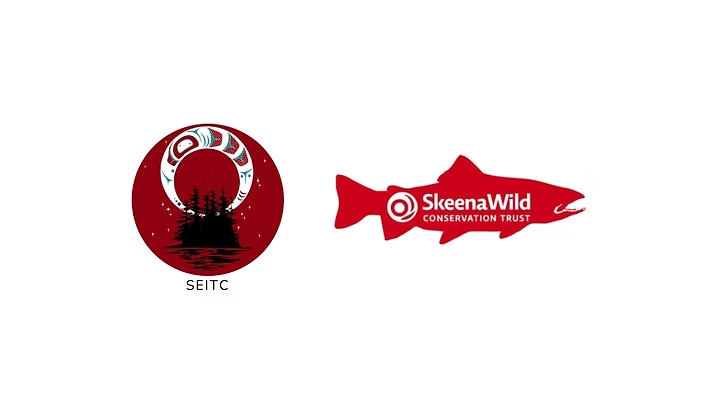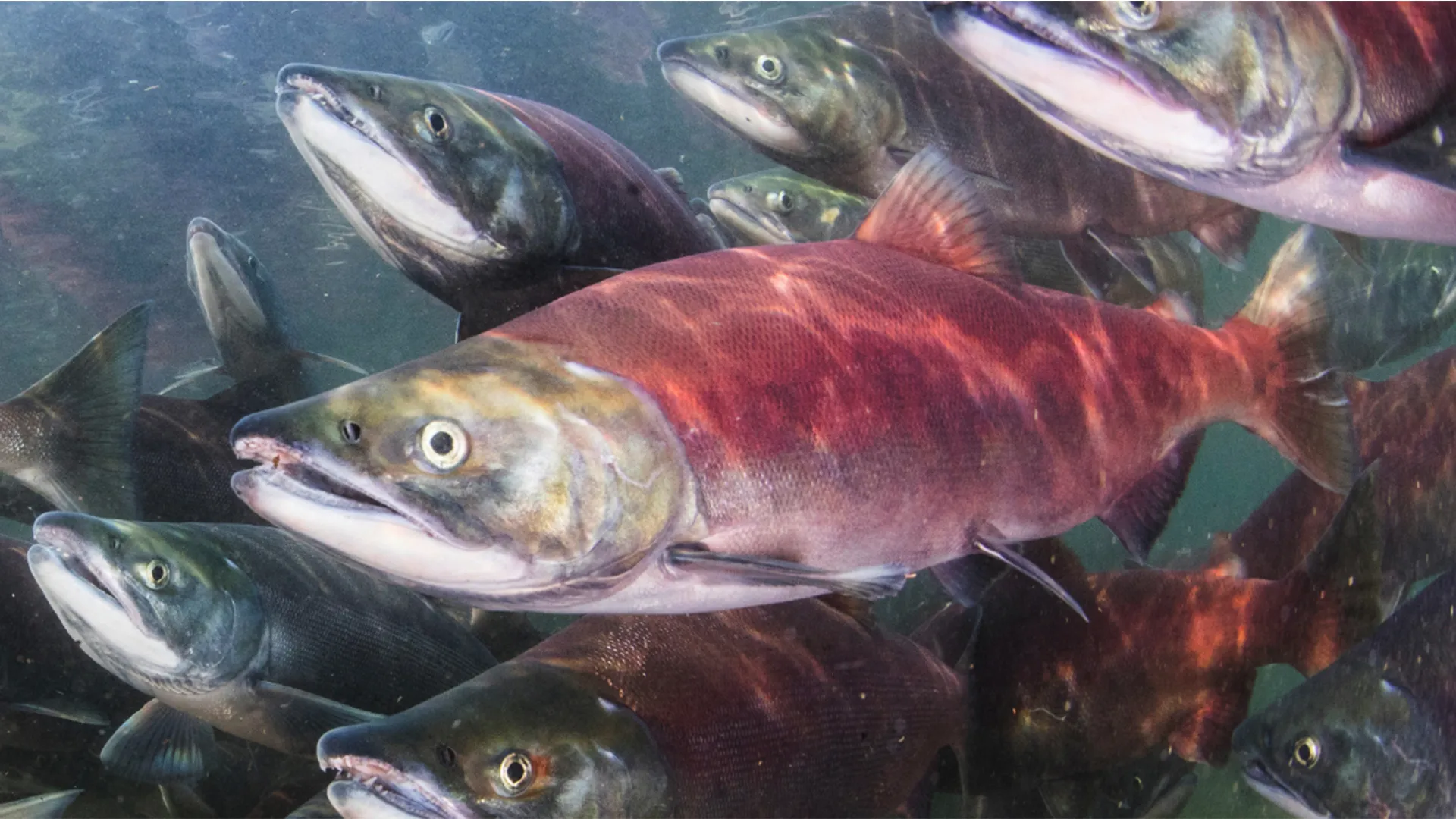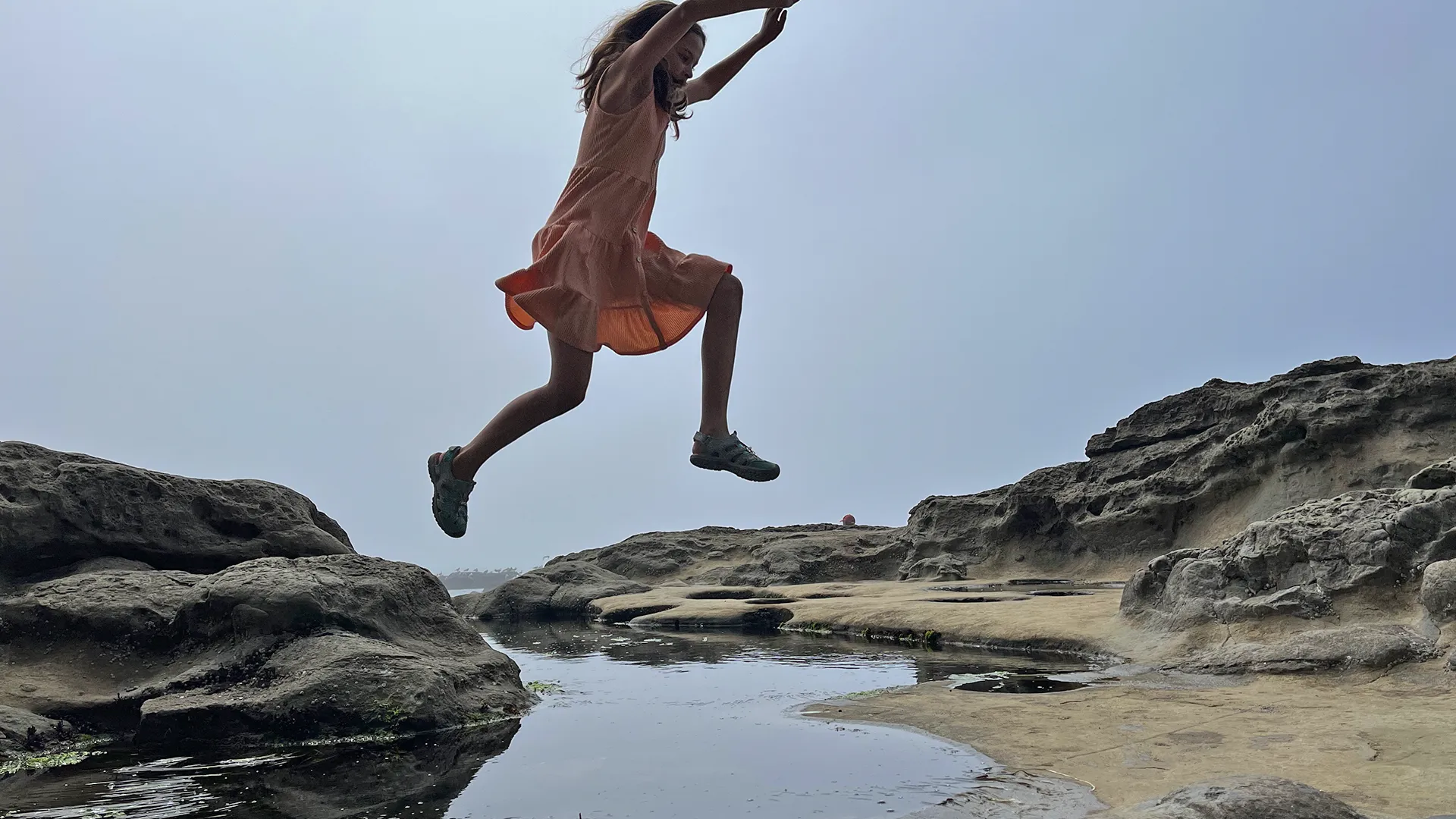KSM Mine Update
Addressing Seabridge Gold’s Misrepresentation of Key Facts
Following The Legal Challenge Filed Against The BC Government’s Decision To Allow KSM Mine to Proceed
In December, Ecojustice filed a judicial review on behalf of SEITC and SkeenaWild Conservation Trust, challenging the British Columbia Environmental Assessment Office’s determination that the proposed KSM mine is “substantially started.” Subsequently, Seabridge Gold (TSX: SEA, NYSE: SA) issued a press release that deliberately misrepresented key facts about the petitioners, SEITC and SkeenaWild, and the KSM project’s location on the Unuk watershed.

Aerial view of “substantially started” KSM Mine, photo by Chris Miller
Clarifying Legal Actions: SEITC and SkeenaWild’s Involvement
Seabridge Gold’s press release claims the filing was “the third legal proceeding brought by SEITC against the KSM Project; the two previous proceedings were brought challenging KSM’s 2014 EAC.”
On social media, targeting investors, Seabridge also claimed that “The litigant in the second Petition has unsuccessfully challenged KSM’s Environmental Assessment Certificate in the past.“
Neither SEITC nor SkeenaWild have ever taken any legal action against KSM before this judicial review.
The only prior filing by SEITC was a 2014 Pelly Amendment complaint with the U.S. Department of Commerce — an entirely different process that wasn’t investigated and does not constitute a legal proceeding.
Accusations of Blanket Opposition to Mining Projects
“Both groups have a history of vocal opposition to all mining projects within their regions.”
This is inaccurate. Both groups only oppose high-risk projects, and invest significant effort into engaging with environmental assessments and reforming mining laws to better protect communities and the environment.
SkeenaWild has proposed solutions for Seabridge to minimize the risk of a catastrophic dam failure by concentrating on high-grade ore and focusing on underground mining, which would dramatically reduce tailings facility size and need for water treatment.
Public Interest Advocacy and Regulatory Authority
“SEITC has no regulatory authority… The New Petitioners are challenging the SS Determination as public interest advocates rather than private litigants…”
Regulatory authority is irrelevant in the judicial review process. Canadian law explicitly allows public interest groups to seek judicial review of government decisions when public interest is at stake. Government bodies are not infallible, and the process exists precisely to ensure regulatory compliance.
Disputed Watershed Impact: Unuk River vs. Nass River
Following a report by CBC News, Seabridge Gold contacted the newsroom, saying “the KSM’s tailings facility is located in the Canadian Nass River watershed and drains into Canadian waters and not into Unuk River or any U.S. waterway.”
However, the mine is situated within the Unuk River watershed. Mine drainage, including runoff from rock storage and ore stockpiles, will flow into the Unuk River.
According to the Comprehensive Study Report: KSM (Kerr-Sulphurets-Mitchell) Project, Page 31: “Selenium, and sulphate concentrations within the Unuk River watershed, are anticipated to increase as a result of mining activities, as stated within the EIS.”
According to Seabridge Gold’s Application for an Environmental Assessment Certificate, Chapter 15, Page 141: “Mine Site Water Treatment Plant stores metal-laden, potentially acidic contact water collected throughout the mine site. This water is subsequently passed through the WSF, which discharges treated water to Lower Mitchell Creek. Water flows from Mitchell Creek into Sulphurets Creek, then into the Unuk River, and ultimately to the Pacific Ocean. Controlled, staged discharges from the WTP are planned during all Project phases, which have the potential to release metals into the receiving environment.”
The water treatment plant, located on the Unuk River watershed, would need to treat up to 119,000 gallons of water per minute—a rate that has never been attempted at any other mine in the world.
Lastly, the Comprehensive Study Report: KSM (Kerr-Sulphurets-Mitchell) Project, p 46, states, Seabridge Gold’s KSM project will cause irreversible habitat loss in the Unuk watershed: “habitat removal is expected to last more than 70 years, and in some cases habitat loss due to sensory disturbance will be permanent.” Sensory disturbances include “blasting noise, aircraft noise and human presence around the mine site”, and “noise levels loud enough to cause disturbance and/or functional habitat loss during operation.”

Formed in 2007, SkeenaWild Conservation Trust works throughout northwestern BC to conserve freshwater systems, salmon populations, and the human and animal communities that depend on these resources.
Established in 2014, Southeast Alaska Indigenous Transboundary Commission (SEITC) is a coalition of federally recognized Tribal governments set to protect the transboundary rivers and traditional ways of life from unchecked industrialization and mining development occurring in the Canadian headwaters.
Holding KSM Gold Mine Accountable
Seabridge Gold’s KSM project threatens vital salmon watersheds. Learn how we’re challenging its approval and standing up for our rivers.
Protecting Our Waters from Mining Impacts
Seabridge Gold’s misrepresentations highlight the risks of poorly regulated mining projects. Learn how we’re working to hold industries accountable and safeguard salmon watersheds.
Other News
-

Summer Series: Skeena & North Coast Fisheries Updates 2025
Our fisheries biologist, Kait Yehle gives us a pre-season Skeena and North Coast fisheries forecast and an environmental conditions report of what we might expect…
-

SkeenaWild Assistant Director – Job Posting
SkeenaWild is seeking a skilled and committed Assistant Director to support the Executive Director in the effective operation of the organization. This position plays a…
-

Southeast Alaska’s 2025 Salmon Fishing Outlook
As the 2025 fishing season begins in Southeast Alaska, migrating salmon returning to rivers in British Columbia, such as the Skeena and Nass, face a…
-

The SkeenaWild Film & Photo Festival is back for 2025!
The 2025 SkeenaWild Film & Photo Festival is back for its 14th year! Submit your short film or photo showcasing the people, wildlife, and wild…
-

Summer Series: Skeena & North Coast Fisheries Updates 2025
Our fisheries biologist, Kait Yehle gives us a pre-season Skeena and North Coast fisheries forecast and an environmental conditions report of what we might expect…
-

SkeenaWild Assistant Director – Job Posting
SkeenaWild is seeking a skilled and committed Assistant Director to support the Executive Director in the effective operation of the organization. This position plays a…
-

Southeast Alaska’s 2025 Salmon Fishing Outlook
As the 2025 fishing season begins in Southeast Alaska, migrating salmon returning to rivers in British Columbia, such as the Skeena and Nass, face a…
-

The SkeenaWild Film & Photo Festival is back for 2025!
The 2025 SkeenaWild Film & Photo Festival is back for its 14th year! Submit your short film or photo showcasing the people, wildlife, and wild…